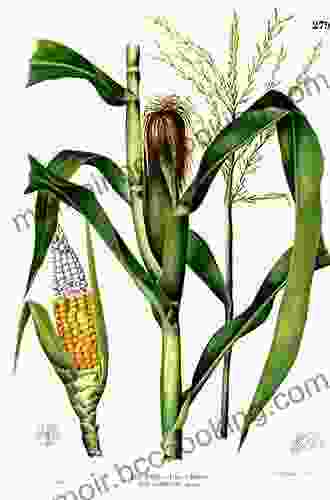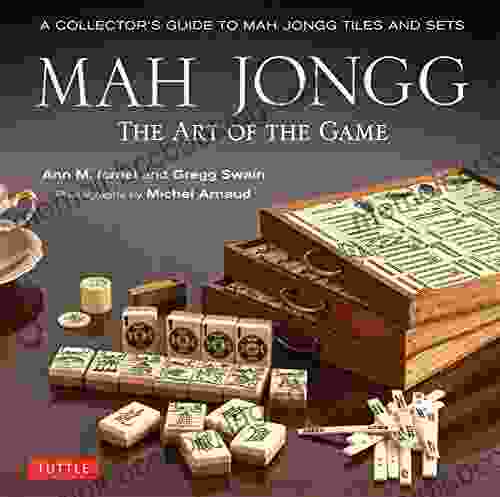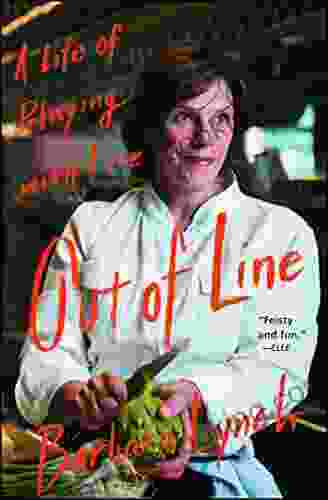Unveiling the Enchanting History of Zea Mays: A Journey Through Time and Taste

In the tapestry of human history, the cultivation of crops has played a pivotal role in the rise and fall of civilizations. Among these botanical wonders, one stands tall—Zea mays, commonly known as maize or corn. This remarkable plant has been a staple food source for millennia, sustaining populations across continents and leaving an indelible mark on culinary traditions worldwide.
From its humble beginnings in the fields of ancient Mesoamerica to its present-day dominance in global agriculture, the history of Zea mays is a fascinating tale of evolution, adaptation, and cultural exchange. In this article, we embark on a journey through time and taste, exploring the captivating history of this versatile crop and its transformative influence on human societies.
4 out of 5
| Language | : | English |
| File size | : | 9143 KB |
| Text-to-Speech | : | Enabled |
| Screen Reader | : | Supported |
| Enhanced typesetting | : | Enabled |
| Print length | : | 678 pages |
Origins and Domestication
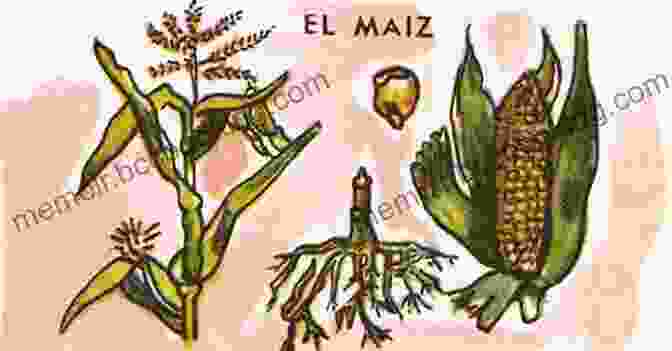
The origins of Zea mays lie in the ancient lands of Mesoamerica, where it first emerged as a wild grass known as teosinte. Over thousands of years, through the selective cultivation and hybridization practices of early farmers, teosinte gradually transformed into the maize we know today. Archaeological evidence suggests that this domestication process began around 9,000 years ago in the highlands of southern Mexico and Guatemala.
As maize cultivation spread throughout Mesoamerica, it became an integral part of the region's cultural and religious life. The ancient Mayans and Aztecs revered maize as a gift from the gods, and it played a central role in their agricultural practices, mythology, and artistic traditions.
Arrival in Europe and Beyond
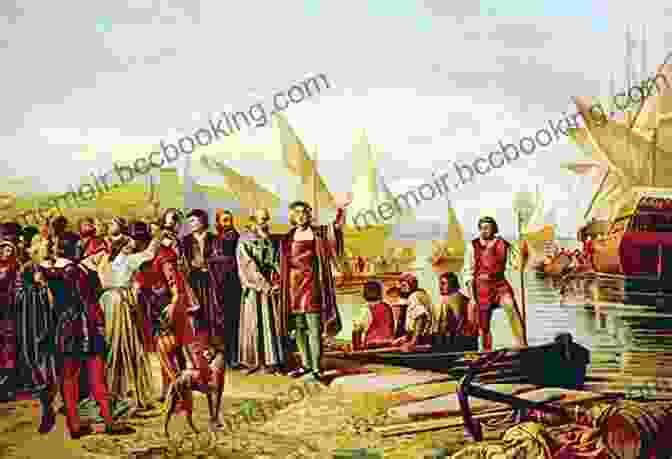
The arrival of Christopher Columbus in the Americas in the 15th century marked a watershed moment in the history of Zea mays. European explorers, eager to share the wonders of the New World, introduced maize to the Old Continent. Within a few decades, maize cultivation had spread throughout Europe, Africa, and Asia, transforming agricultural practices and culinary traditions worldwide.
In Europe, maize quickly gained popularity as a food crop and a source of animal feed. Its high yield and adaptability to various climates made it an ideal staple food for growing populations. In Africa, maize became a vital source of sustenance, particularly in the drier regions where traditional crops struggled to thrive.
The Global Culinary Revolution
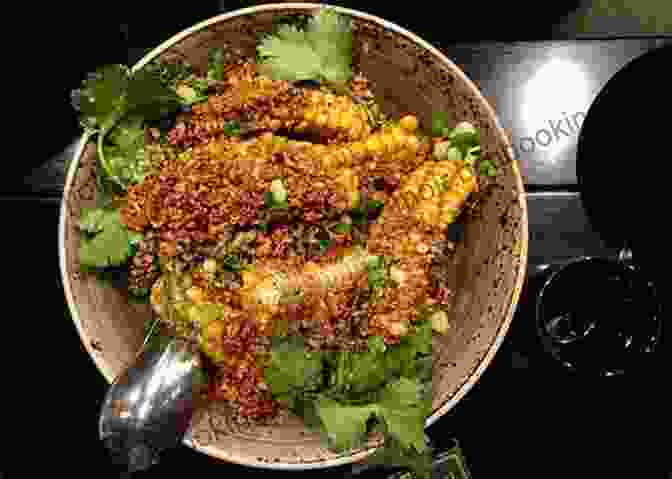
The of maize to different parts of the world sparked a culinary revolution. In Mexico, maize remained the foundation of traditional dishes such as tortillas, tamales, and pozole. In the United States, cornmeal became an essential ingredient for classic Southern dishes like cornbread, grits, and hushpuppies.
In Europe, maize found its way into soups, stews, and polenta. In Africa, it became a key ingredient in dishes such as pap, ugali, and fufu. In Asia, maize added a sweet and starchy element to dishes ranging from congee to sweet corn soup.
The culinary impact of maize extended far beyond traditional cuisines. In modern molecular gastronomy, maize has been transformed into foams, gels, and other innovative creations. Chefs around the world continue to explore the endless possibilities of this versatile ingredient, creating a fusion of flavors and textures that delight the palate.
Nutritional Value and Health Benefits

Beyond its culinary significance, maize is also a valuable source of nutrition. It is rich in complex carbohydrates, providing sustained energy throughout the day. Maize is also a good source of protein, fiber, vitamins A, C, and E, and essential minerals such as potassium, magnesium, and iron.
Research has shown that regular consumption of maize may offer various health benefits. Its high fiber content promotes digestive health and helps regulate blood sugar levels. The antioxidants in maize protect against cellular damage and may reduce the risk of chronic diseases such as heart disease and cancer.
Genetic Diversity and Sustainability
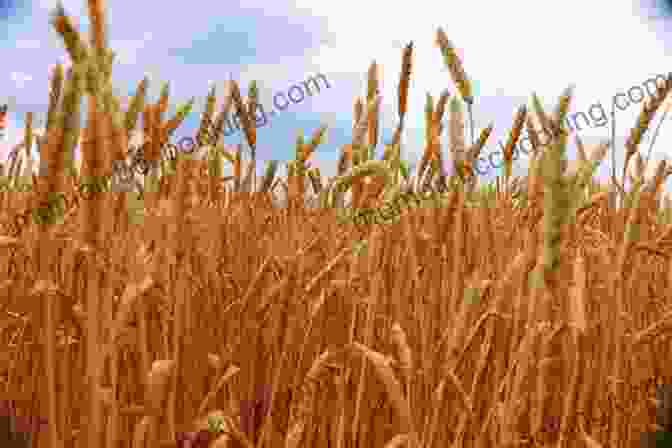
One of the most fascinating aspects of Zea mays is its remarkable genetic diversity. Over thousands of years of cultivation, farmers have developed hundreds of varieties of maize, each with its unique characteristics and adaptations to different climates and growing conditions. This genetic diversity has been crucial for the crop's resilience and its ability to thrive in various environments.
However, modern agricultural practices have led to a decline in maize genetic diversity. The widespread use of a small number of high-yielding hybrid varieties has reduced the genetic diversity of maize, making it more vulnerable to pests, diseases, and climate change.
Preserving maize's genetic diversity is essential for ensuring its continued sustainability. Efforts are underway worldwide to conserve and document traditional maize varieties. Seed banks and research institutions play a vital role in safeguarding the genetic heritage of maize for future generations.
The history of Zea mays is a testament to the enduring relationship between humans and plants. From its humble beginnings as a wild grass to its global dominance as a culinary and nutritional staple, maize has played a transformative role in shaping civilizations and cultures worldwide.
As we continue to explore the history and evolution of Zea mays, we gain a deeper appreciation for the interconnectedness of all living things. The story of maize is not merely a tale of a plant; it is a narrative of human ingenuity, cultural exchange, and the resilience of nature.
May this journey through the history of Zea mays inspire you to embrace the diversity and abundance of the natural world. Let us cherish the legacy of this remarkable crop and work together to ensure its continued cultivation and sustainability for generations to come.
4 out of 5
| Language | : | English |
| File size | : | 9143 KB |
| Text-to-Speech | : | Enabled |
| Screen Reader | : | Supported |
| Enhanced typesetting | : | Enabled |
| Print length | : | 678 pages |
Do you want to contribute by writing guest posts on this blog?
Please contact us and send us a resume of previous articles that you have written.
 Book
Book Novel
Novel Page
Page Chapter
Chapter Text
Text Story
Story Genre
Genre Reader
Reader Library
Library Paperback
Paperback E-book
E-book Magazine
Magazine Newspaper
Newspaper Paragraph
Paragraph Sentence
Sentence Bookmark
Bookmark Shelf
Shelf Glossary
Glossary Bibliography
Bibliography Foreword
Foreword Preface
Preface Synopsis
Synopsis Annotation
Annotation Footnote
Footnote Manuscript
Manuscript Scroll
Scroll Codex
Codex Tome
Tome Bestseller
Bestseller Classics
Classics Library card
Library card Narrative
Narrative Biography
Biography Autobiography
Autobiography Memoir
Memoir Reference
Reference Encyclopedia
Encyclopedia Antonia Fraser
Antonia Fraser Aubrey Clayton
Aubrey Clayton April Baker Bell
April Baker Bell Arnette Heidcamp
Arnette Heidcamp Asti Hustvedt
Asti Hustvedt Anne Sylvie Malbrancke
Anne Sylvie Malbrancke Aria Brooks
Aria Brooks Arnold Lowrey
Arnold Lowrey Arthur Kleinman
Arthur Kleinman Anjan Chatterjee
Anjan Chatterjee Barbara Ann Kipfer
Barbara Ann Kipfer B T Polcari
B T Polcari Anne Marie Paquet Deyris
Anne Marie Paquet Deyris Atanas Matov
Atanas Matov Avirath Kakkar
Avirath Kakkar Arden Moore
Arden Moore Barbara Blitzer
Barbara Blitzer Arden Rose
Arden Rose Axel Scheffler
Axel Scheffler Annette Marie
Annette Marie
Light bulbAdvertise smarter! Our strategic ad space ensures maximum exposure. Reserve your spot today!
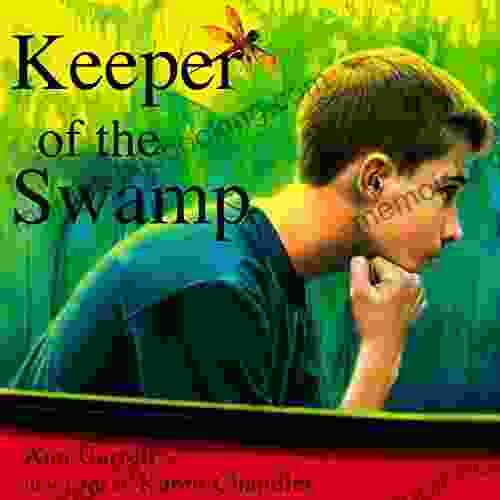
 Jules VerneEmbark on a Literary Adventure with "Keeper of the Swamp": An Unforgettable...
Jules VerneEmbark on a Literary Adventure with "Keeper of the Swamp": An Unforgettable... Todd TurnerFollow ·2.8k
Todd TurnerFollow ·2.8k Jack PowellFollow ·3.2k
Jack PowellFollow ·3.2k Matthew WardFollow ·6.6k
Matthew WardFollow ·6.6k Ben HayesFollow ·19.8k
Ben HayesFollow ·19.8k Fernando PessoaFollow ·10.7k
Fernando PessoaFollow ·10.7k Manuel ButlerFollow ·9.4k
Manuel ButlerFollow ·9.4k Colton CarterFollow ·13.3k
Colton CarterFollow ·13.3k Jessie CoxFollow ·4.8k
Jessie CoxFollow ·4.8k
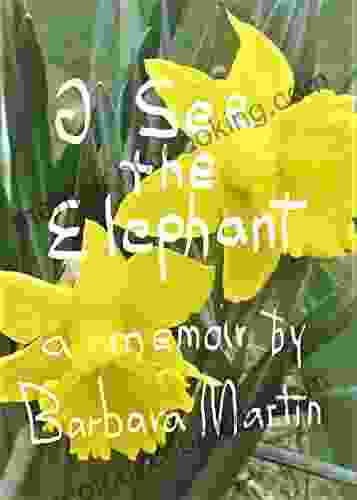
 Brayden Reed
Brayden ReedTeach Your Child They Have No Self Worth And They Will...
By Dr. Jane Doe ...
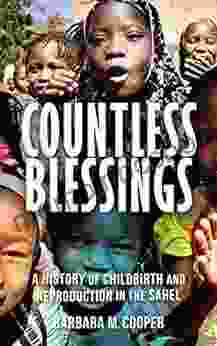
 Shawn Reed
Shawn ReedUnveiling Centuries of Tradition: History of Childbirth...
Journey into the heart of the...

 Brady Mitchell
Brady MitchellProven Guidelines For Healthy Multiple Pregnancy
Congratulations on your...

 Dylan Mitchell
Dylan MitchellHarness the Power of Sleep for Optimal Health and...
In the fast-paced,...
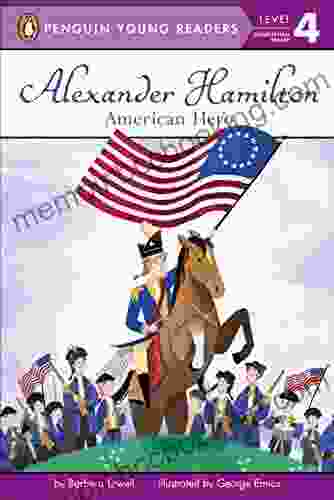
 Herman Melville
Herman MelvilleAlexander Hamilton: The Revolutionary Who Shaped...
Alexander Hamilton was a...
4 out of 5
| Language | : | English |
| File size | : | 9143 KB |
| Text-to-Speech | : | Enabled |
| Screen Reader | : | Supported |
| Enhanced typesetting | : | Enabled |
| Print length | : | 678 pages |


